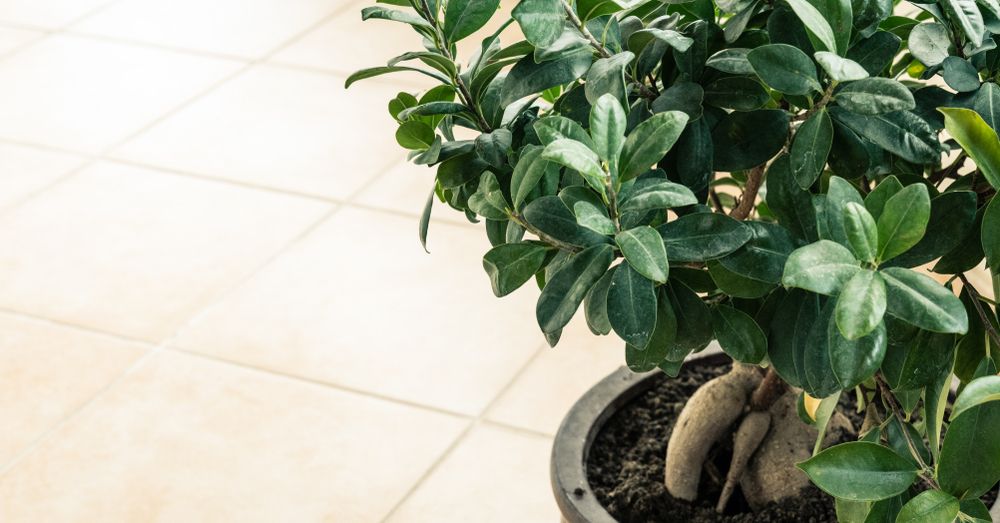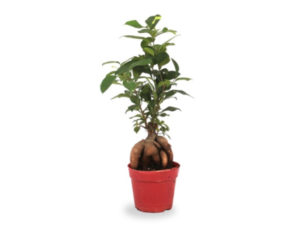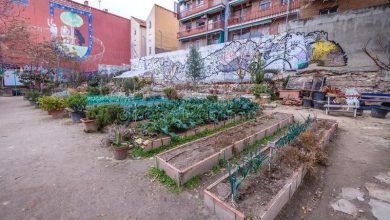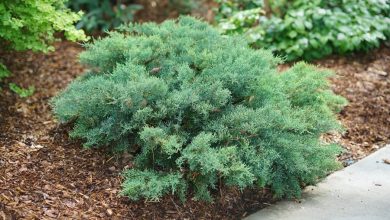Ficus Ginseng care


It is one of the most appreciated plants by gardening lovers but also by bonsai. Before including it among our pots, it is important to know that the care of the Ficus Ginseng entails having a certain hand with the plants. Not because it is a plant that complicates its cultivation. Rather, we mean that it has very specific needs, which must be met to the letter to see it prosper in conditions. The best way to enjoy it.
Before going into detail about the care of the Ficus Ginseng, it is necessary to know a little more about it. Originally from the tropical areas of Asia, it goes by different names. Ficus India, Lauro de Indias or Ficus bonsai. A nickname, the latter, striking and that largely explains what kind of plant it is. And we say this because the Ficus Ginseng acts like a bonsaiin terms of care and growth. Something that, on an aesthetic level, breaks with the preconceived idea that we have of this type of trees. And it is that it has a substantial difference: its size. The Ficus Ginseng can reach a height of one and a half meters, although it is usual for it to be around one meter. However, its similarity to bonsai is such that its botanical name is inevitably linked to this family of trees.
Perennial in nature and with small, rounded leaves, it has another fundamental characteristic. Its roots, in the form of irregular bulbs, remain above the substrate. An aerial character that marks, to a large extent, the care of the Ficus Ginseng.
LIGHT AND IRRIGATION, TWO ESSENTIAL ASPECTS IN THE CARE OF FICUS GINSENG
Before going into detail about the care of the Ficus Ginseng, let us know that it can have great decorative value. A fact that can play a unique asset in the decoration with plants that we devise for a space. Perfect to put a natural note in any space, thanks to its intense green leaves. Perfect, also, for those who are inclined towards the serenity of the Zen garden or this type of atmosphere inside the house.
But in addition to this, the Ficus Ginseng bonsai has another incredible natural attraction: its roots. And it is that the ramifications of the aerial roots of this unique plant allow them to be guided, in addition to having an incredible branching capacity. Very profuse within the substrate but also outside of it. When the fine roots emerge from the earth, thanks to the nutrients they begin to fatten up. It is then that we can play at intertwining them, guiding all the attractiveness of the plant towards the base of the trunk. To do this, it is necessary to prune and pinch the shoots in the same way that we would do it in the cultivation of a bonsai.
But, before reaching that moment, it is necessary to know the two cares of the Ficus Ginseng bonsai that are vital for its well-being. So vital that they will be the ones that determine that profusion of roots that we are looking for.
1. How much light does a Ficus Ginseng need?
Light is an essential element in the care of Ficus Ginseng. We are not talking about direct sun, but about placing it in a bright environment. It will be thanks to this natural element that the plant will be able to generate those much-desired roots. In case it is in a location with low light, we can see its consequences. The new root shoots will be long and weak. Some shoots that will not allow us to achieve that compact root aspect so valued in these plants.

2. Ficus Ginseng Watering Guidelines
Ficus Ginseng bonsai care is extremely demanding when it comes to watering in the spring and summer months. It is true that they must be moderate, without allowing the substrate to dry out completely between watering and watering. But it is also important that it should always be away from any puddles. An excess of water that can compromise the life of its incredible roots.
Curiously, and unlike other plants, the Ficus Ginseng bonsai demands that the irrigation focus more on its leaves. The ideal is that we generously spray your glass, ensuring that they are well soaked with water. Something that is not extensible to its roots: the lower the amount of water they receive, the better. In this way, we will not only be preventing them from rotting. In addition, we will not have to worry about having to eliminate garden pests that excess water can attract.
FERTILIZING, TRANSPLANTATION AND PRUNING OF FICUS GINSENG
While irrigation or light are essential throughout the year, there are other cares for the Ficus Ginseng that will help us enjoy it.
- It is advisable to apply a fertilizer for green plants to help the plant grow vigorously. A task that we will have to start doing from early spring to fall. The ideal is a monthly subscription during the months of good weather, using both liquid fertilizer and granules. With the arrival of autumn, the ideal is to pay twice a month. This way, the plant will be able to absorb nutrients before entering its winter dormancy.

- As far as pruning is concerned, it is not recommended to carry it out in the winter months. In that cold weather, we can remove the damaged branches. However, to prune we will have to wait for summer. In this way, and under the protection of the good temperature, we have room to see how both its branches and its leaves develop.

- Finally, and despite appearances, the transplant is not one of the priorities in the care of the Ficus Ginseng. If our plant is new, we can keep it in its original pot for up to two years. When we decide to transplant it, the ideal is that we choose a spring month and use a universal substrate for the soil. Since they grow significantly, the ideal is to choose pots with a good diameter but low in size.
However, if our intention is for the plant to look like a bonsai, the ideal is not to transplant it. In this way, its growth will slow down and concentrate on creating aerial roots.
Some that, with the appropriate care, will be the protagonists of all eyes.
And, now that you know the care of the Ficus Ginseng, do you dare to have one in your home or office?

![Photo of Carnivorous Plants: [Complete Guide + How to Plant Them + Images]](https://www.complete-gardening.com/wp-content/uploads/2022/08/carnivorous-plants-complete-guide-how-to-plant-them-images-390x220.jpg)


